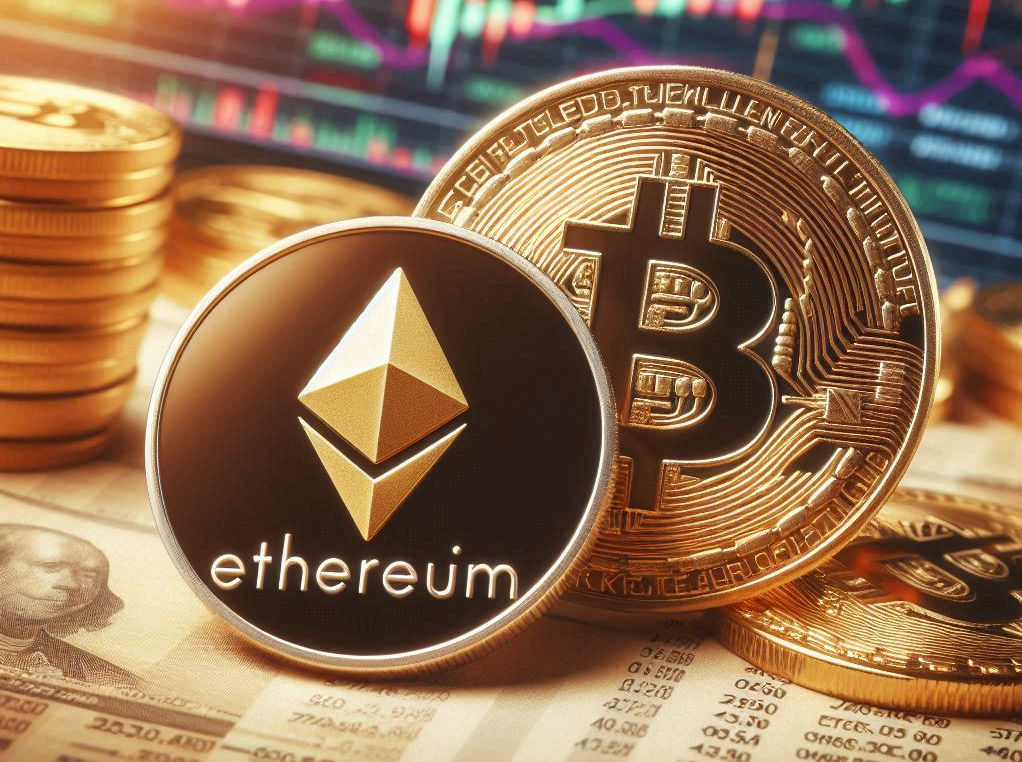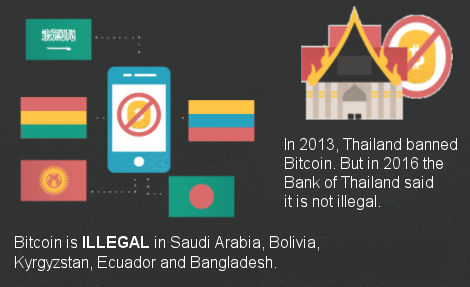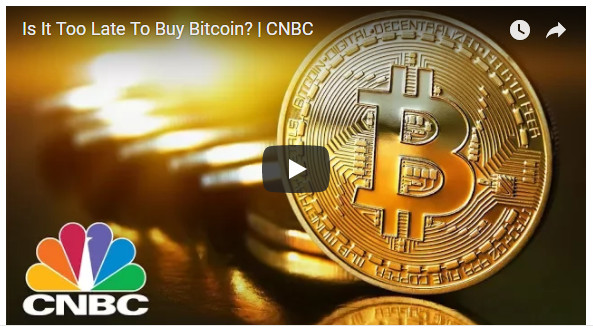The big news on the Crypto front is Ethereum’s “Pectra” upgrade, which was activated on May 7, 2025. The upgrade bundles eleven Ethereum Improvement Proposals (EIPs), making it the most feature?packed release since the “Dencun” fork in March 2024.
But it appears that the “Pectra” upgrade is having the opposite effect on the ETH price vs “Dencun”. The “Dencun” fork enabled Layer 2s to shift a lot of the traffic from Ethereum’s mainnet, thus alleviating the layer 1 traffic jam, but it also shifted much of the revenue outside the Ethereum ecosystem to the layer 2 providers. So, despite this being a welcome upgrade to the ETH ecosystem, it had the unsurprising effect of causing the ETH price to fall from a high of $4092 in March of 2024 to a low of $1385 in April of 2025. This effect was somewhat masked by the Trump crypto euphoria of November through December 2024.
But with the advent of “Pectra,” ETH rose from a “tariff scare” low of $1383 to $2468 as of this writing. On May 8th alone (the day after the “Pectra” release), it rose over 22% to close at $2,210.
Bitcoin
“Dencun” was not the only reason for the 2025 crypto doldrums. As mentioned above, November and December 2024 were euphoric for all of crypto, with Trump promising not only a Bitcoin strategic reserve but also a shift from an anti-crypto government stance to a pro-crypto stance. In September 2024, Bitcoin made lows of $52,530, and by mid-December, it had more than doubled to over $108,000. It generally takes time for markets to digest moves like that, and so this resulted in all of crypto getting a bit overextended and requiring some time to consolidate and digest its massive gains. Tariff fears sent Bitcoin back down to $74,420 (losing roughly half of its gain) before rebounding to $103,465 as of this writing. A 50% retracement is not unusual for Bitcoin after a big gain, and experts are predicting that this bull market still has a ways to go. The most pessimistic of the prognosticators say BTC should peak around $120,000 sometime in the next couple of months. More optimistic projections say the peak could come around September or October at around $150,000, and the most bullish projection I’ve heard (if governments and sovereign wealth funds start mass adoption) is $540,000 by the end of 2026.
Before all of the “Strategic Reserve” talk, the consensus seemed to be that Bitcoin’s 4-year cycle was set to peak in late 2025 between $120,000 and $150,000. Being a global asset, Bitcoin does seem to respond to global money supply growth because of its fixed supply, and with the global money supply’s recent massive spike Bitcoin is responding in kind.
So, there are many fundamental reasons for Bitcoin to rise in both the short-term and long-term:
- Money Supply Growth
- Pro-Crypto U.S. Government
- Accumulation by Governments (State and Federal)
- Accumulation by Sovereign Wealth Funds
- Accumulation by Pension Funds
- Accumulation by Companies to shore up their balance sheets (i.e. MicroStrategy aka. Strategy)
- Availability for retail investors through ETFs.
- Limited Lifetime Supply
- Mainstream adoption (i.e. Blackrock etc.)
Stablecoins
One of the most unique monetary creations is the advent of Stablecoins such as Tether (USDT) and USDC. Stablecoins are a unique class of digital asset that combines U.S. Treasury securities and other Fiat Currencies with Crypto. In effect, they are much like Crypto versions of a money market account. They have a “fixed” $1 denomination backed by government debt, but trade on crypto exchanges, so they are a safe “parking spot” when you want to divest from some of your crypto holdings. They also provide a mechanism for small savers in countries with high inflation currencies to save in hard assets from the convenience of their cell phone. Tether has been around since 2014 and is the largest stablecoin. USDC was created by Coinbase (the largest U.S.-based crypto exchange) and works much like USDT but is preferred by Coinbase customers.
Stablecoins can also be pegged to other assets like Gold or a basket of assets. Stablecoins play a crucial role in payments, remittances, decentralized finance (DeFi), and cross-border payment solutions. Their stable value ensures that users can transfer funds without the risk of significant value fluctuations during the transaction, which is essential for both consumers and businesses. Ripple has introduced RLUSD to provide cross-border settlements in 3-5 seconds with ultra-low fees. One advantage for the U.S. government is that, rather than foreigners shifting away from the U.S. Dollar, stablecoins are encouraging a return to Dollar holdings, thus increasing demand for U.S. Treasuries. For many years that was accomplished via the “PetroDollar” i.e. the mandatory use of U.S. Dollars for Oil purchases worldwide. But then Biden turned the Dollar into a weapon against Russia and spooked the world into fear of U.S. reprisals when using the Dollar. Thus, countries began looking for alternatives.
You Might Also Like:
- Ripple the Cryptocurrency of Banks
- The Death of the PetroDollar
- Crypto ROC – BTC and ETH
- The Tectonic Shift in Crypto
- Crypto Goes Mainstream
Image Created by Meta A.I.




